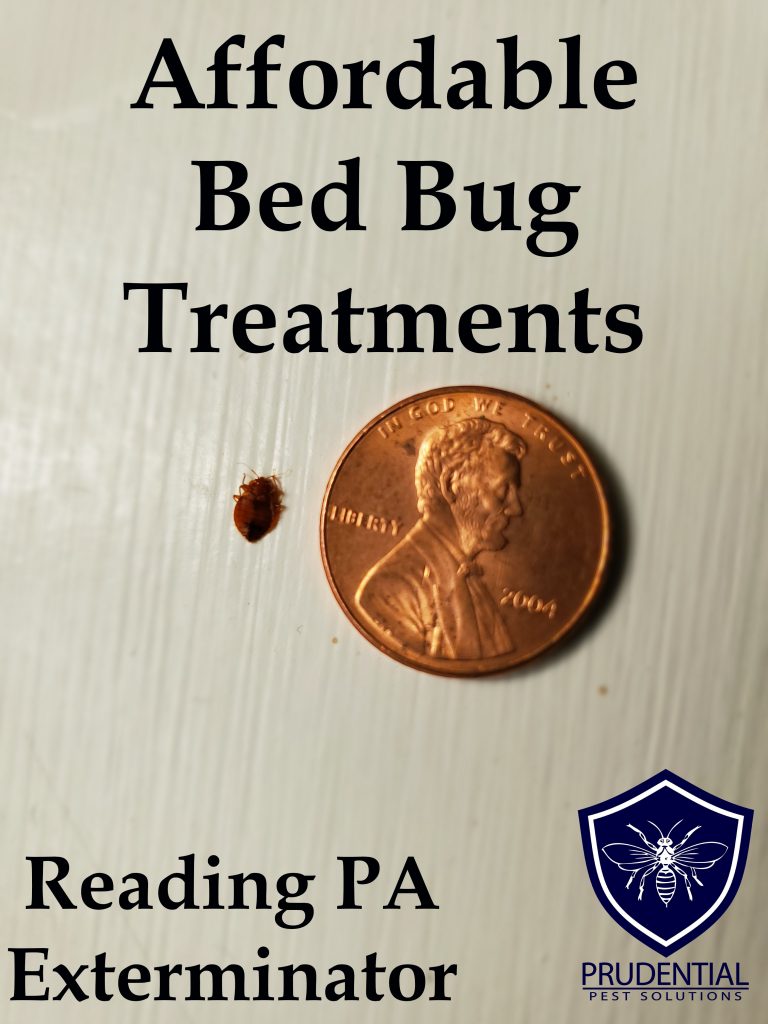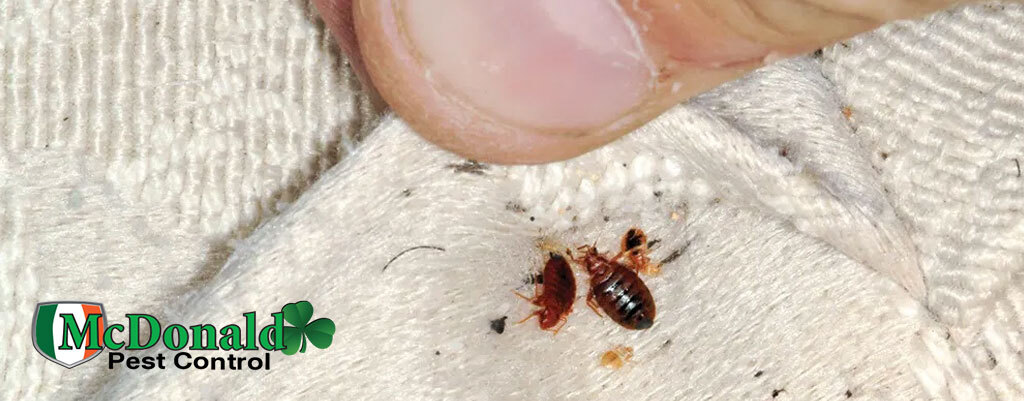Experienced Arlington Exterminator for All Your Pest Problems
Experienced Arlington Exterminator for All Your Pest Problems
Blog Article
Get Informed Regarding the Kinds of Insect Control Techniques and Their Advantages for Home Owners
Recognizing the various parasite control methods readily available to homeowners is crucial for effective pest monitoring. Property owners that are educated can make strategic selections that not only address pest issues yet likewise improve the general high quality of their living atmosphere.
Chemical Parasite Control Approaches
Chemical bug control approaches are an essential part of integrated bug monitoring strategies for homeowners looking for reliable solutions to pest invasions. These techniques entail the application of chemical compounds designed to eliminate or hinder bugs that threaten individual building, health and wellness, and convenience. Typical chemicals made use of include insecticides, herbicides, fungicides, and rodenticides, each tailored to target specific pests.
The main advantage of chemical insect control is its rapid performance; many formulations give immediate outcomes, minimizing pest populations substantially quickly. In addition, breakthroughs in chemical formulas have actually brought about items that are extra environmentally pleasant and have lower toxicity levels for non-target microorganisms when applied properly.

Organic Insect Control Methods
Natural insect control methods have actually gained prominence as homeowners look for much safer and a lot more lasting options to standard chemical approaches. Organic bug control techniques use all-natural predators, bloodsuckers, or pathogens to take care of pest populations effectively. This technique is not just eco-friendly however additionally decreases the danger of harm to non-target varieties, consisting of helpful pests and wild animals.
One of the most typical biological control methods involves introducing all-natural killers right into the atmosphere. Ladybugs can be made use of to control aphid populations, while nematodes target soil-dwelling bugs like grubs. In addition, parasitoids-- organisms that survive on or within a host-- can be used to control particular pest varieties by laying eggs inside them, ultimately bring about their demise.
Another approach is using biopesticides, which are stemmed from natural products such as plants, minerals, or microorganisms (bed bug exterminator). These items can properly target parasites while positioning marginal risk to pet dogs and people. Generally, biological parasite control techniques offer homeowners with an efficient ways of parasite management that aligns with ecological principles, promoting a much healthier living atmosphere while minimizing reliance on artificial chemicals
Mechanical Bug Control Techniques
Mechanical insect control techniques incorporate a range of methods that physically stop or eliminate bugs without the use of chemicals. These methods are specifically valuable for property owners looking for environmentally friendly options while making sure the security of their living rooms.
One common technique is making use of obstacles, such as traps, screens, and nets, which avoid parasites from going into homes or certain areas. Setting up home window screens can efficiently maintain insects out, while making use of physical obstacles around gardens can discourage larger parasites like deer or bunnies. Furthermore, mechanical traps made for rodents can catch and get rid of these parasites without the demand for toxic substances.
One more efficient strategy entails making use of brooms and vacuum cleaners to get rid of parasites straight from surfaces. Routine cleaning and maintenance can significantly minimize insect populations by eliminating food resources and hiding places. Furthermore, using devices like ultrasonic pest repellents can prevent different bugs with acoustic wave that are unpleasant to them however inaudible to people.
Social Bug Control Practices
Cultural insect control techniques concentrate on modifying the environment and management methods to produce problems that are much less for pest problems. These methods are basic in preserving a balanced ecological community and reducing the dependence on chemical interventions. By altering agricultural methods, homeowners can effectively hinder parasites while advertising plant health.
One usual method includes crop rotation, which interrupts the life process of bugs by altering the sorts of plants grown in a certain area (bed bug exterminator). This not only decreases pest populaces yet additionally improves dirt wellness. In addition, intercropping-- growing diverse plants in closeness-- can confuse pests and lower their capability to find their recommended host check my source plants
Water management is an additional important aspect of social techniques. Correct irrigation methods can prevent standing water, which works as a breeding ground for insects and other parasites. Preserving cleanliness in and around the home, such as frequently removing debris and food waste, can substantially minimize parasite tourist attraction.
Integrating these cultural techniques into a thorough pest monitoring technique allows property owners to develop an atmosphere that naturally discourages parasites, thus improving the effectiveness of other control approaches while promoting sustainable horticulture and landscape design.

Integrated Parasite Monitoring Approaches
Integrated Insect Administration (IPM) represents an all natural approach that combines various techniques to successfully handle bug populaces while lessening environmental effect. This approach incorporates biological, cultural, physical, and chemical methods to achieve sustainable parasite control. By evaluating pest populations and their all-natural adversaries, IPM highlights tracking and recognizing insects prior to implementing control actions.
Among the core principles of IPM is making use of limits, which establish the degree of bug activity that requires intervention. This makes certain that treatments are applied only when needed, reducing the reliance on chemical pesticides. Biological control approaches, such as introducing all-natural killers or parasites, operate in conjunction with social practices like plant rotation and environment control to interfere with pest life cycles.
In addition, IPM encourages using least-toxic chemical options when intervention is essential, prioritizing items that pose very little threat to non-target organisms and the atmosphere. For home owners, adopting IPM comes close to not just enhances the efficiency of insect management but additionally promotes a much healthier living setting, promoting biodiversity and decreasing chemical exposure. Ultimately, IPM equips property owners to make educated decisions that balance parasite control with ecological responsibility.
Final Thought
In verdict, recognizing the different insect control techniques equips home owners to make enlightened decisions regarding pest administration. Each technique-- chemical, biological, mechanical, social, and integrated bug administration-- provides distinct benefits that cater to different requirements and choices.
Understanding the different pest control methods offered to house owners is necessary for reliable hop over to these guys pest management.Chemical bug control methods are a vital part of incorporated insect administration strategies for property owners looking for efficient options to pest infestations. On the whole, biological pest control techniques supply house owners with an effective methods of insect monitoring that straightens with eco-friendly concepts, advertising a much healthier living atmosphere while lowering reliance on synthetic chemicals.
Social insect control methods concentrate on modifying the environment and natural pest control management techniques to develop conditions that are less conducive to pest problems.In final thought, understanding the different bug control approaches encourages house owners to make enlightened choices pertaining to pest monitoring.
Report this page